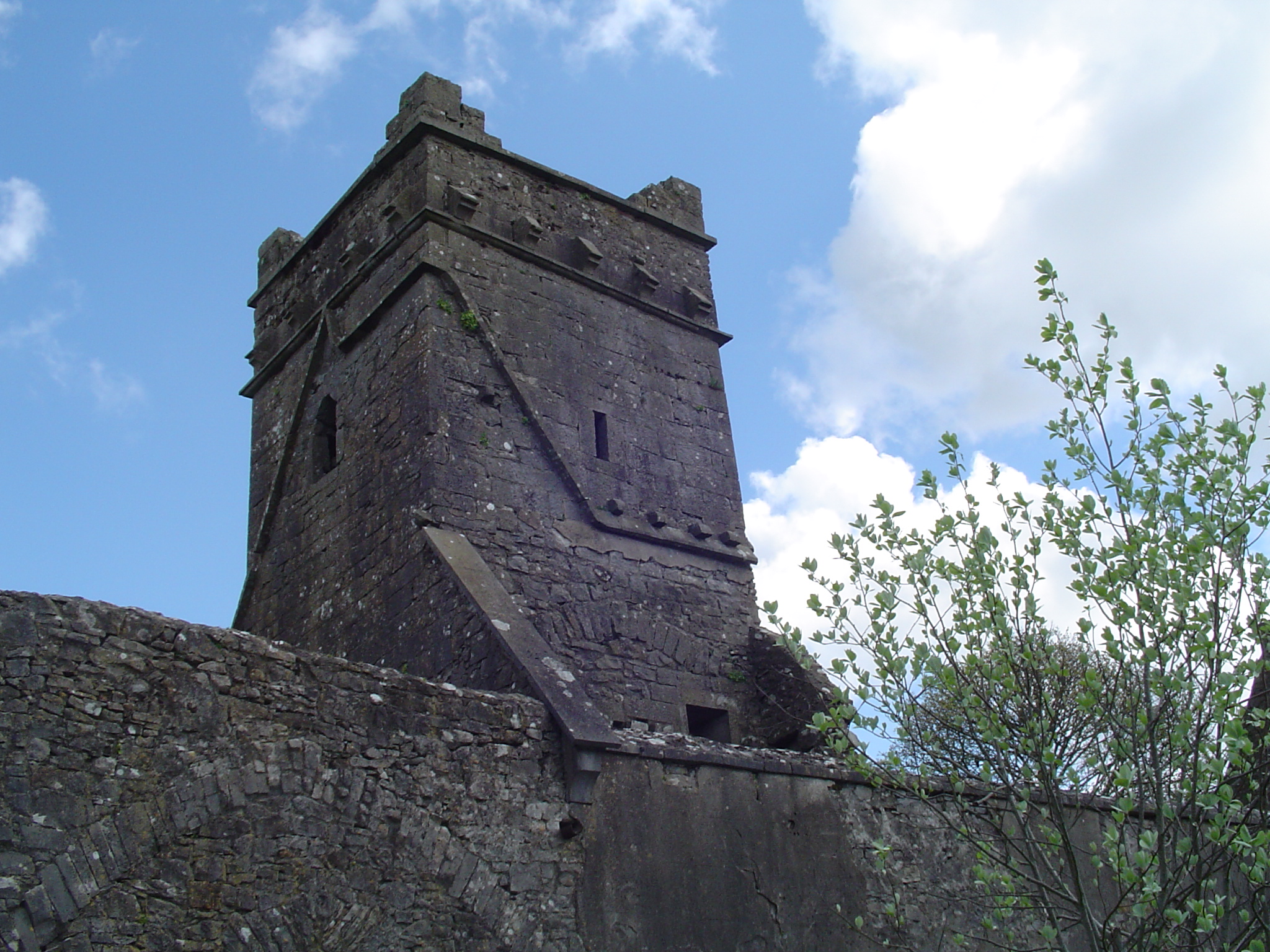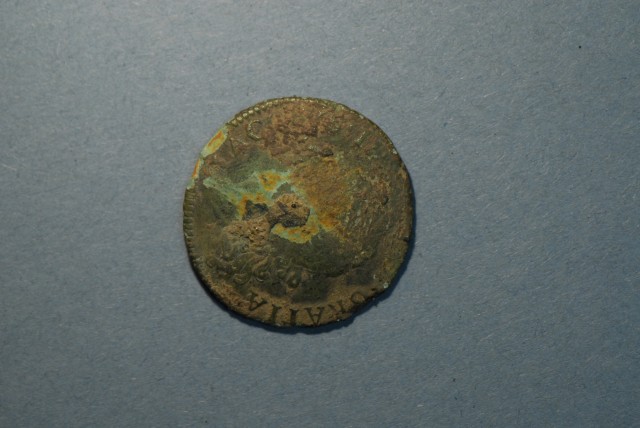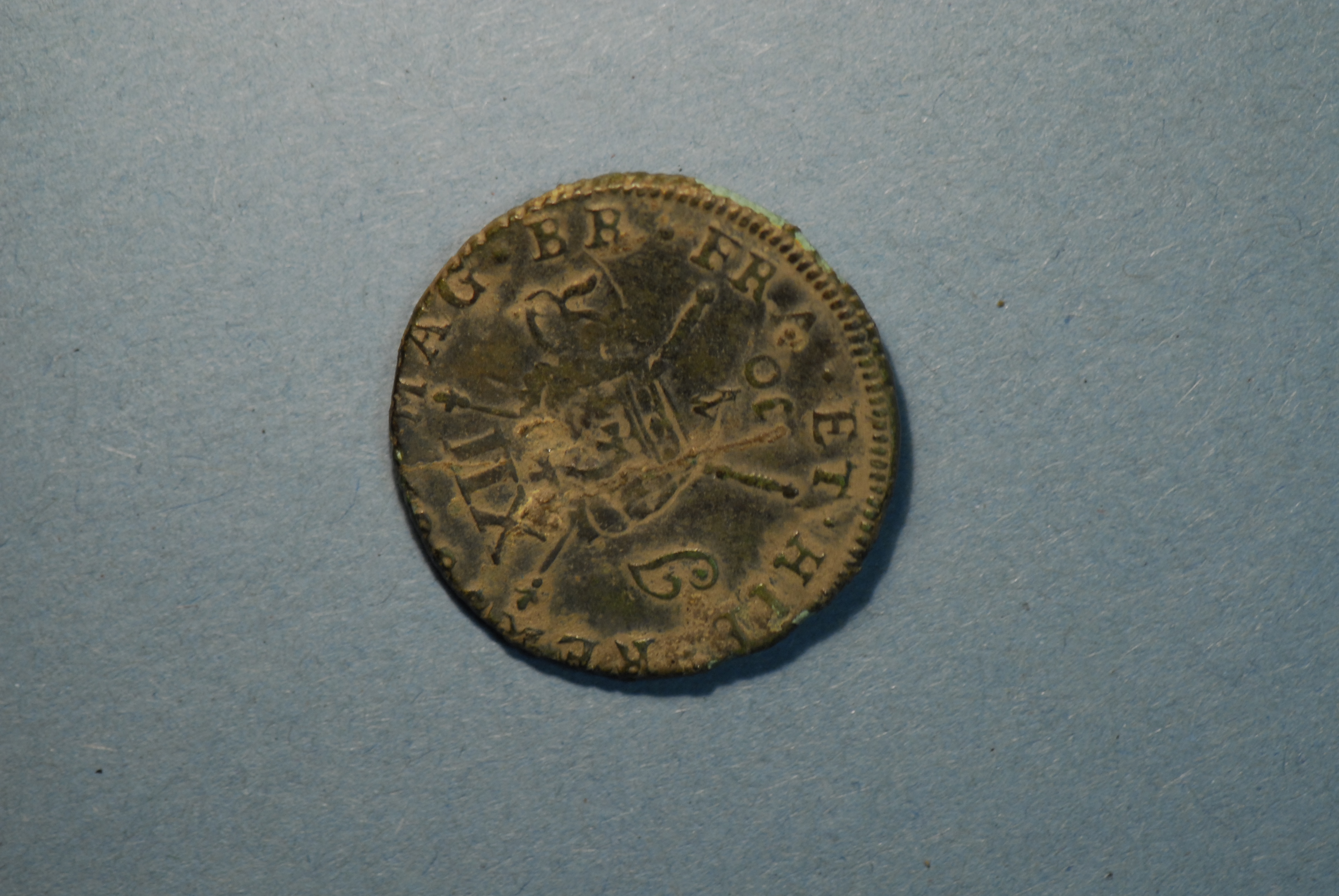DUNMORE EXCAVATION 2006
Back in our pre-blog days in 2006 and into the beginning of 2007 (perhaps the boomiest of the boom years), we completed our biggest excavation to date at Dunmore, Co. Galway. We haven’t blogged the results until now and we’ll be posting the results over the coming days. First off – an introduction.
The excavation was carried out in the townland of Abbeyland South, Dunmore, Co. Galway between June and October of 2006 and January 2007 on behalf of H.G.L. O’Connor and Co., Consulting Engineers, acting for Galway County Council. The proposed construction works involved the excavation of a linear trench running E/W along the northern carriageway of Barrack Street to accommodate the installation of a surface water sewer. Archaeological monitoring of groundworks in May 2006 identified the remains of two articulated skeletons confirming the anecdotal reports of the possibility of a graveyard in the area of Barrack Street (according to local sources groundworks for a water service carried out by the council in the late 1980’s had disturbed human remains; reports at the time suggested that workmen reburied the exposed bone with the backfill). Following this discovery the remains were covered with terram and all works in the immediate area were suspended. As it was not possible to re-route the proposed surface water sewer on Barrack Street, it was decided following consultations with the relevant stakeholders to excavate the human remains in the vicinity of the Friary. The nearby Augustinian friary in Abbeyland South is part of the historic town (GA017-002) of Dunmore, County Galway and is a national monument in state ownership.

Excavation was carried out along the length of the road working generally from west to east and directed by Billy Quinn. In total 288 individual remains were recovered. These remains represent a community graveyard located to the south of the Augustinian friary that runs the length of extant church and continues under the road comprising an area at least 53m E-W by 17m N-S incorporating an 884 sq. m. In terms of external monuments there was no evidence for marker stones or grave slabs associated with any of the burials. Presumably any headstones that may have originally been erected were completely removed off site in the mid eighteenth century under the direction of Lord Ross to clear a path for the avenue leading to his demesne.
It would also appear from the lack of any associated coffins that the inhumations were interred in simple grave cuts, probably wrapped in a shroud affixed with a pin or nail. The only other burial elements of particular note were two instances where ear-muff stones were placed to protect the head.
The phasing of the burials was quite difficult to determine due to the narrow strip excavated but it would seem that the older burials were interred at a greater depth and that later grave-cuts routinely impacted on earlier remains. Notwithstanding this most burials did respect previous ones indicating that there may have been external markers on the surface demarcating individual plots. In a number of cases there was evidence of burials interred in very close proximity suggesting the possibility of family plots that were re-used over generations.
Amongst the corpus of skeletons there was no obvious distinction between gender or age. Males and females were found buried alongside infant, juvenile and adult remains confirming the community nature of the graveyard as distinct from a burial ground solely servicing a monastic order.
In most cases, the remains were uniformly aligned in the extended supine position with the head at the western terminal facing east, the arms and hands were generally crossed over the pelvis/chest or simply extended by the side. The feet were in the majority of cases placed side by side. It was notable that the earlier, deeper inhumations appeared to have had wider cuts and the remains were less constricted. Later burials were interred in narrower cuts and the limbs seemed more confined. This lack of available plot space may indicate a degree of congestion within the graveyard in the late seventeenth to early eighteenth century.
A number of exceptional remains not conforming to the standard burial rite are worth commenting on. These involve crouched burials, burials placed on their side and in two cases burials interred front down or in the prone position.
Of the 5 crouched burials excavated, 4 look to have been deliberately placed in this position legs drawn upwards, head to the side and arms bent at the elbow. One burial appears more haphazard, its position suggesting a lack of formality or hastiness in its interment.
Five burials were positioned on their sides. These may have been deliberately placed so or may have simply slumped to the side of a narrow cut. Two burials were buried front down.
Fifty one artefacts were recovered, including corroded nails, a number of pins, assorted sherds of pottery and some tile fragments. The best evidence for dating came from 2 coins. One coin is a James II gunmoney small shilling dated to 1690. The ’gunmoney’ coinage was struck from brass obtained from old cannon, bells and other sources of scrap metal. It was issued by James II as an emergency token currency, which would be exchanged for good silver once he had won the war against his Protestant foe, William III. In the event, James was defeated and after circulating briefly at their intrinsic value, the coins were demonetized in 1691.

Obverse showing profile of James II with legend ‘Jacobus II Gratia’.
 ‘MAG BR FR ET HIBERNIA’ – image of crown and sceptres flanked by letters J and R and numeral XII.
‘MAG BR FR ET HIBERNIA’ – image of crown and sceptres flanked by letters J and R and numeral XII.
The second coin is an example of an Irish Halfpenny of Charles II struck in 1681. The legends on both sides are unclear however it is possible to discern (reverse) MAG BR FRA ET HIB REX which translates as Majesty of the Britons, King of France and Ireland. The fact that both coins come from a period within a ten year range of each other broadly dates the skeletons at this remove from the Friary building to the second half of the seventeenth century. The logic of this interpretation is based on the assumption that the earliest burials were interred nearest the church and that over time the burials radiated outwards.
Next: More detail on the osteology from Camilla Lofqvist’s report.
This entry was posted on Monday, February 24th, 2014 at 5:48 pm. It is filed under About Archaeology, Excavations, Finds, News, Papers & Reports and tagged with Archaeological Consultant Galway, Archaeological excavation, skeletons.
You can follow any responses to this entry through the RSS 2.0 feed.






Were the tile fragments also post-medieval? Small point, MAG BR on the Gunmoney shilling stands for Magna Britannia, so ‘King of Gt Britain, France and Ireland’
Thanks Kieran – the tile fragments were post med and unstratified. Noted re: the coin legend…